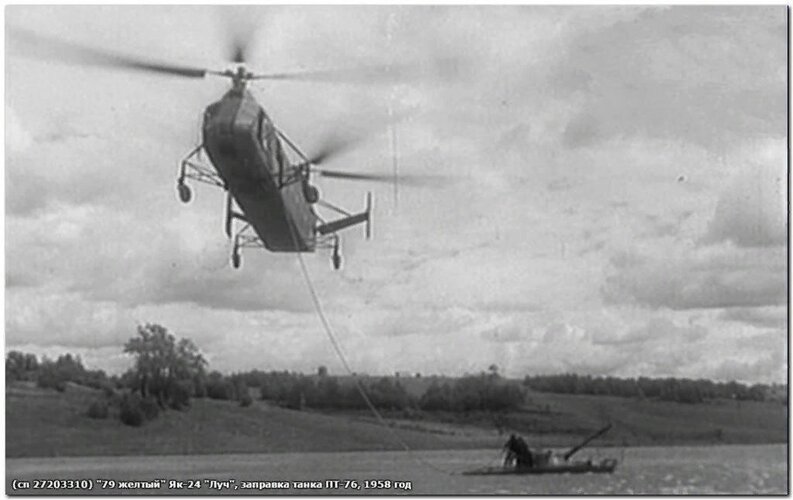- Joined
- 21 May 2006
- Messages
- 2,709
- Reaction score
- 1,632
G'day all
I've just finished reading an article titled Australian soldiers practise Abrams tank refuelling with Chinook helicopter
I would otherwise be impressed, except that I appreciate that the Soviet Army had heavy lift helicopters refuelling tank units long before either the US or Australian Armies had such aspirations.
If I could, can I press knowledgeable forum members for a year in which the Soviet Army might have introduced such helicopter refuelling of tanks as part of their operational doctrine and for pictures they might have of such helicopter refuelling tanks in the field please?
Regards
Pioneer
I've just finished reading an article titled Australian soldiers practise Abrams tank refuelling with Chinook helicopter
Australian soldiers practise Abrams tank refuelling with Chinook helicopter | Shephard
The Australian Army has demonstrated tactical refuelling of M1 Abrams tanks with the CH-47 Chinook helicopter the first time in five years.
www.shephardmedia.com
I would otherwise be impressed, except that I appreciate that the Soviet Army had heavy lift helicopters refuelling tank units long before either the US or Australian Armies had such aspirations.
If I could, can I press knowledgeable forum members for a year in which the Soviet Army might have introduced such helicopter refuelling of tanks as part of their operational doctrine and for pictures they might have of such helicopter refuelling tanks in the field please?
Regards
Pioneer
Last edited:

